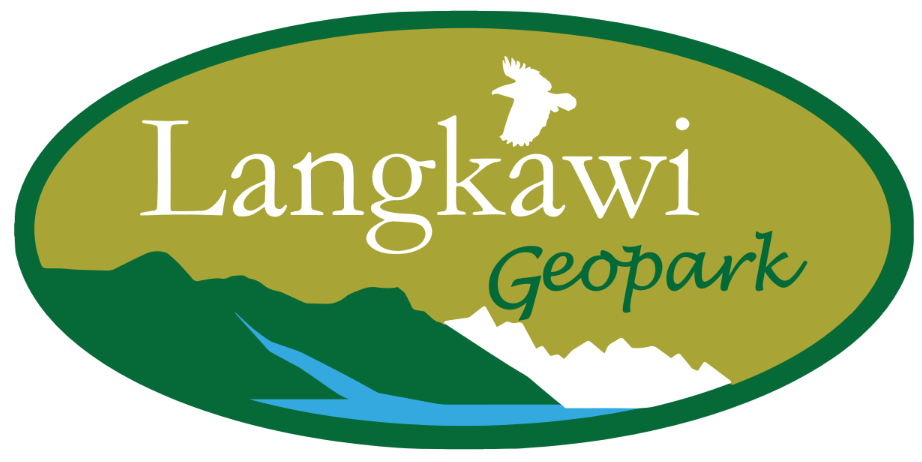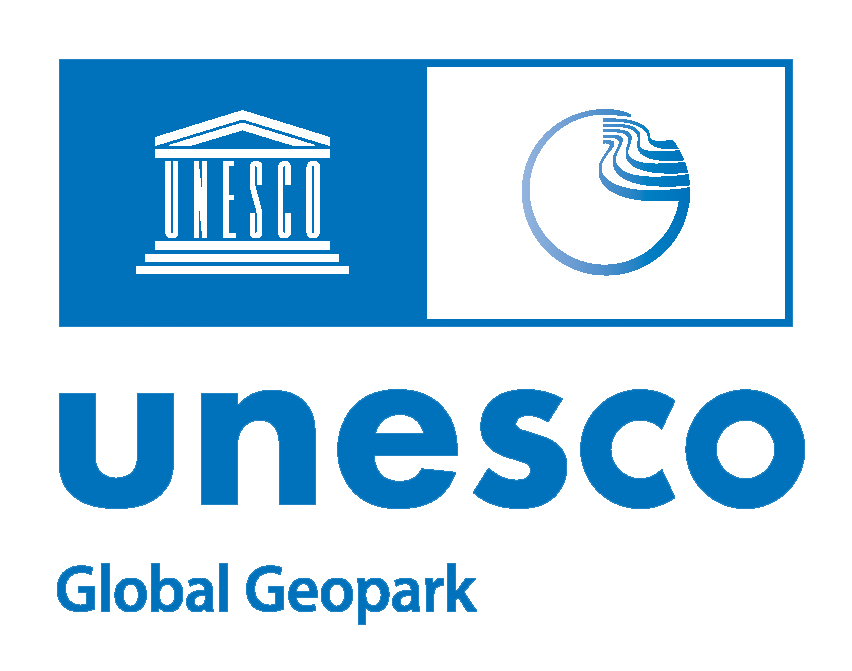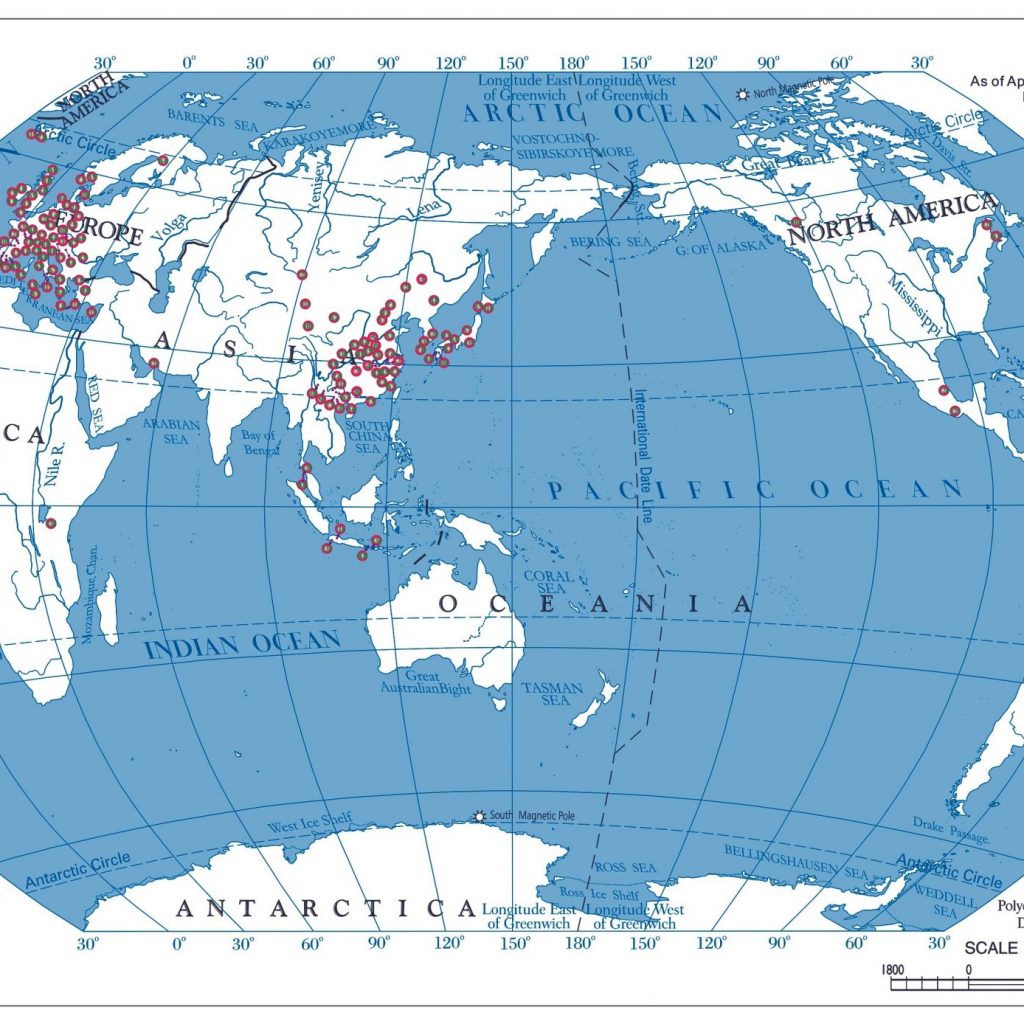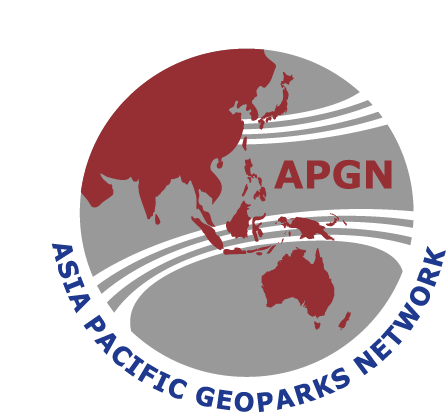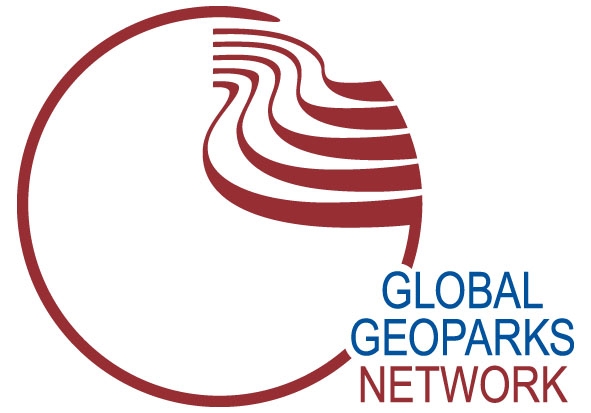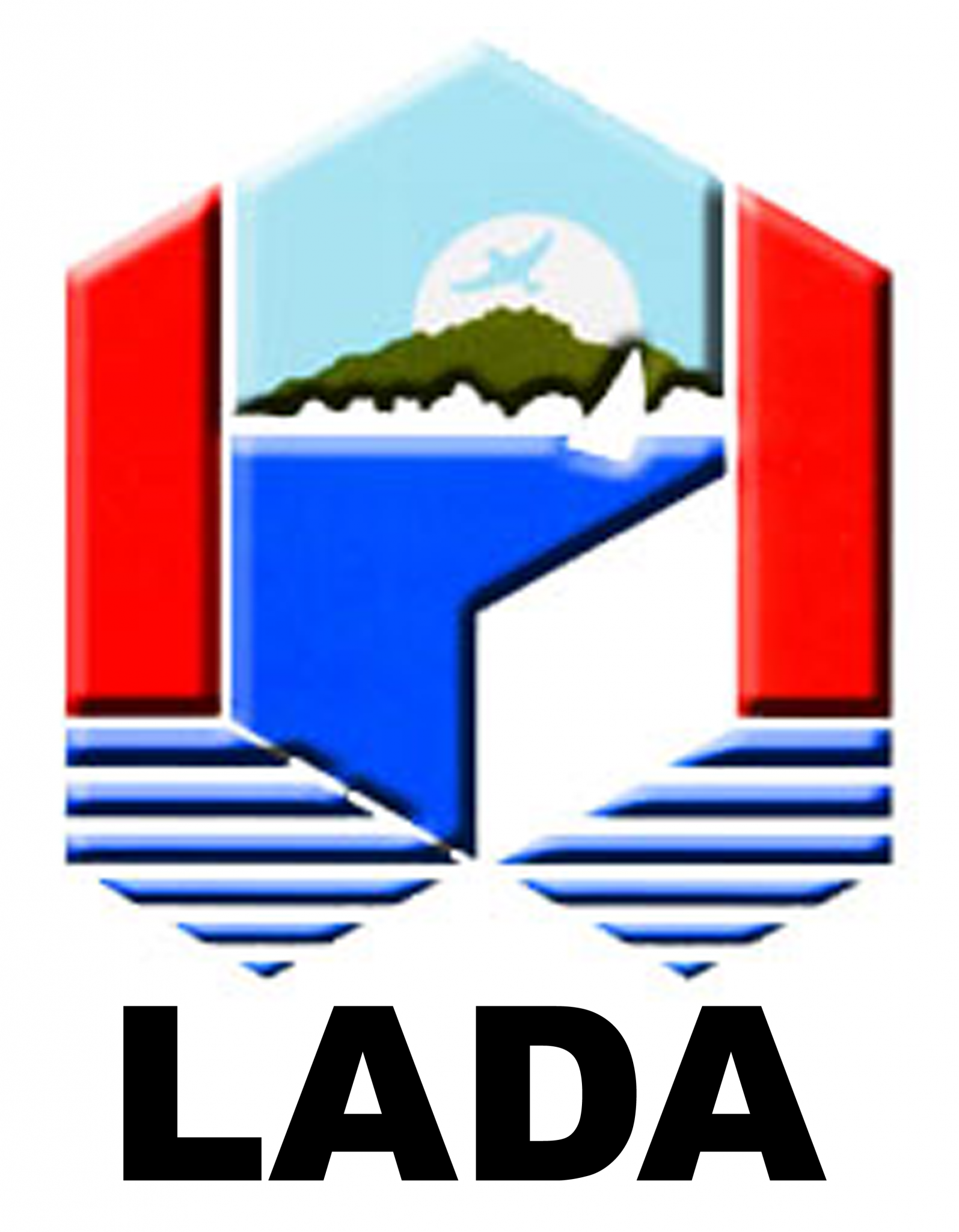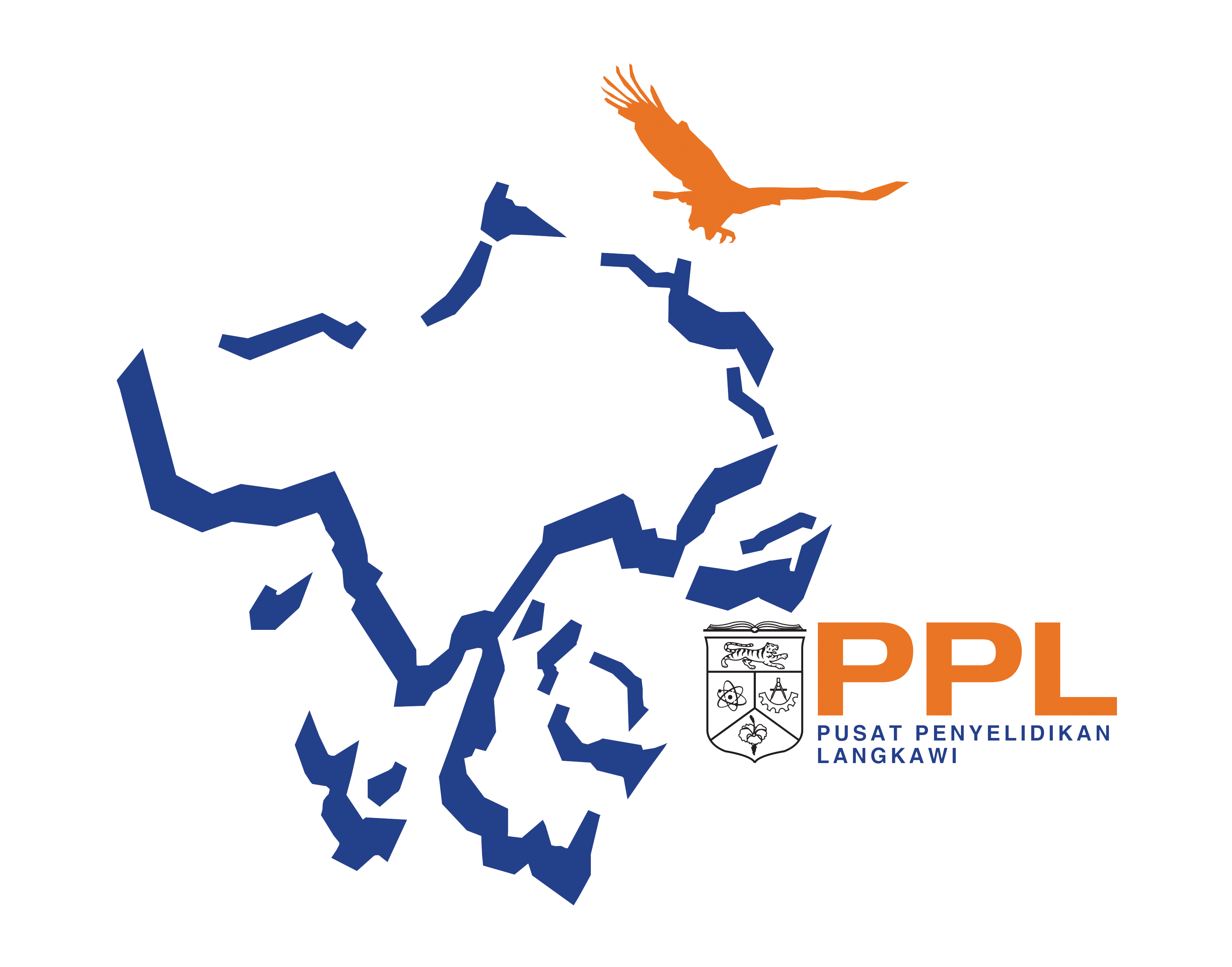UNESCO
Global Geopark
Network
Established in 1998, the UNESCO Global Geopark Network is committed towards the conservation and preservation of the world’s geological, biological and archeological heritage. The network’s geoparks—147 worldwide, to date—are managed according to stringent standards and protocols in accordance with best practices in the areas of heritage conservation, sustainable development strategies, education, research, and responsible eco-tourism.
SISTER GEOPARKS
Langkawi UNESCO Global Geopark has formed 7 Geopark sisterships, which is a legal binding agreement through a Memorandum of Understanding (MoU) made between two sister geoparks with common geological features, settings, and cultural environments, to reach equal status.
1. Dali-Cangshan UGGp, China
3. Fangshan UGGp, China
GGN ISLAND GEOPARKS
Langkawi UNESCO Global Geopark works closely with 9 island geoparks under the Global Geoparks Network (GGN), which is a networking group where members exchange scientific information, communicate best practices and raise the quality standards of all UNESCO Global Geoparks.
4. Jeju IslandUGGp, South Korea
5. Lanzarote and Chinijo Island UGGp, Spain
